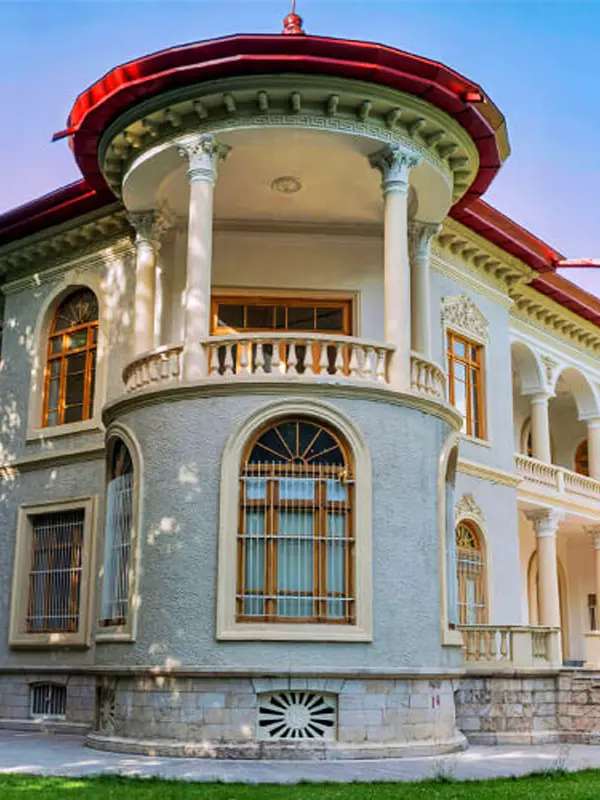
tehran history
Tehran city has a long history that dates back over 2,000 years. Originally a small village, it gradually grew in importance and became the capital of Iran in 1796. Throughout its history, tehran city has witnessed significant events, including political revolutions and the establishment of the Pahlavi dynasty.
Tehran, the capital city of Iran, has a rich and ancient history that dates back thousands of years. Here's an overview of Tehran's history:
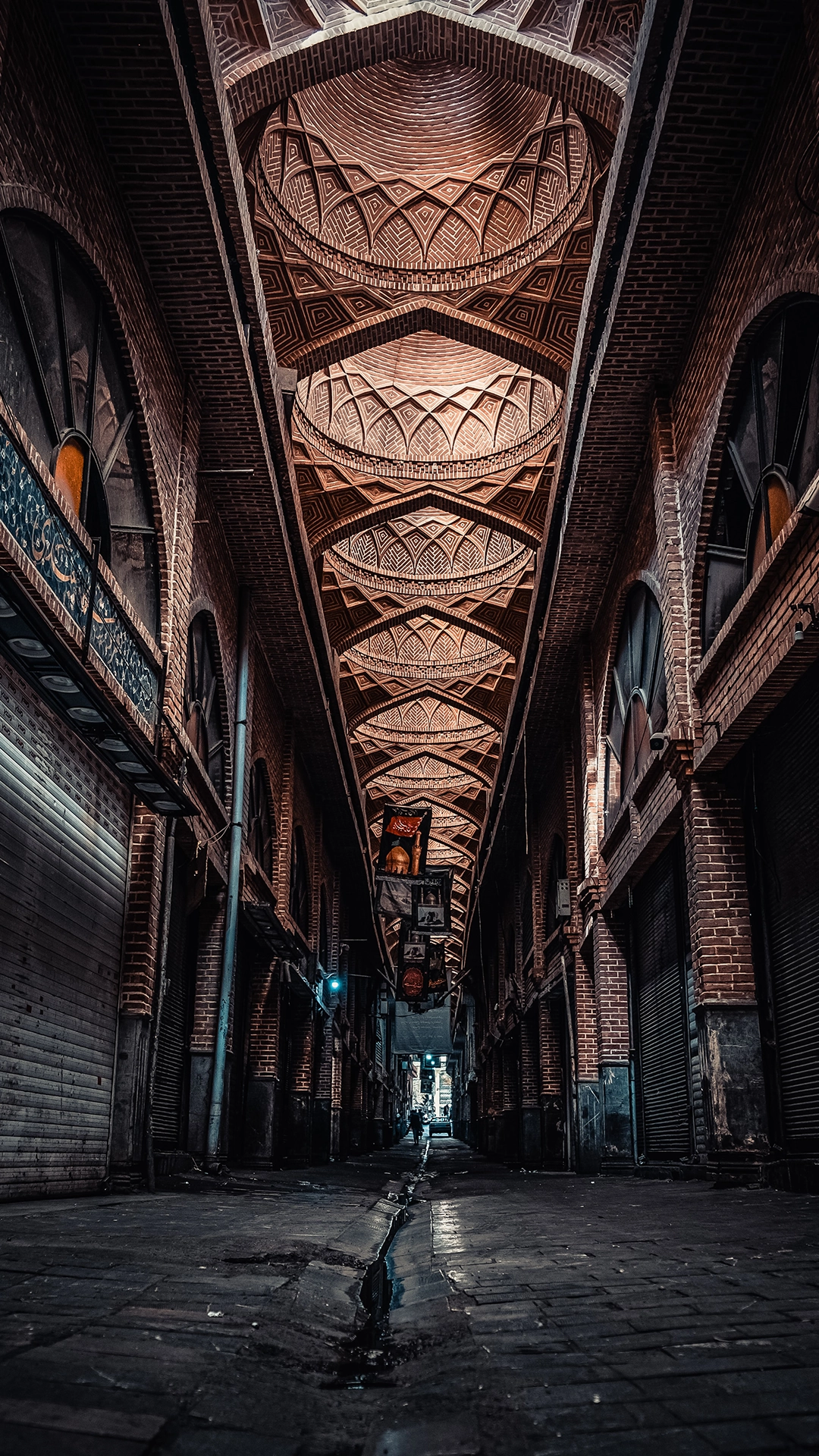
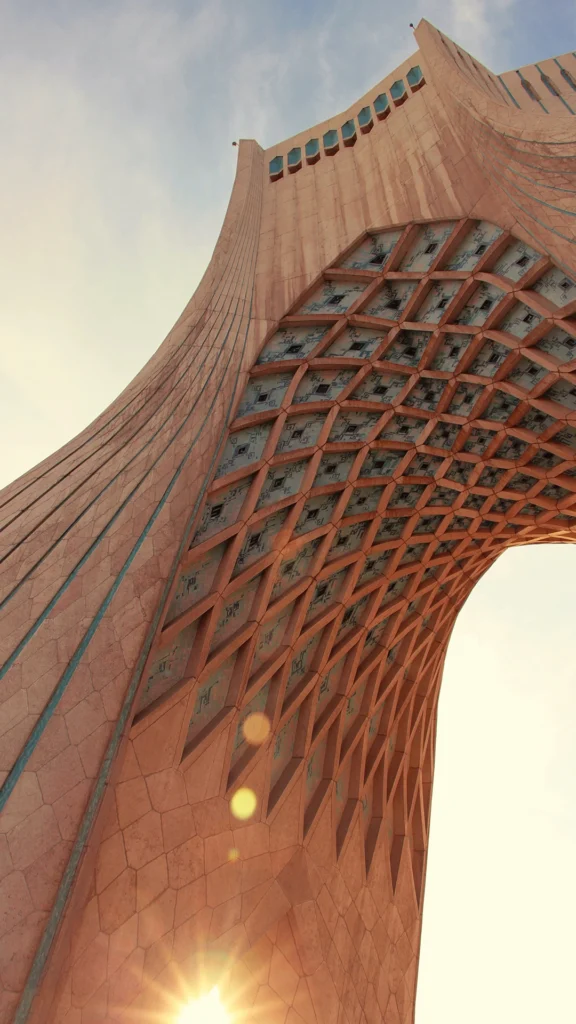
Ancient Times: The area where Tehran is located has been inhabited since ancient times. Archaeological evidence suggests that settlements existed in the region as early as 6,000 BC. However, itself did not exist as a city during this period.
Medieval Period: In the 9th century AD, Tehran city began to gain importance as a village situated on the Silk Road, an ancient trade route connecting Europe and Asia. The village was initially known as Ray and served as the capital of the Persian Empire during the Seljuk and Mongol invasions.
Safavid Dynasty: In the 16th century, during the Safavid Dynasty, Tehran city started to grow and develop further. Shah Tahmasp I, the second Safavid king, moved the capital from Qazvin to Tehran in 1555. The city’s strategic location, surrounded by mountains and on the eastern side of the empire, made it a favorable choice for the Safavid rulers.
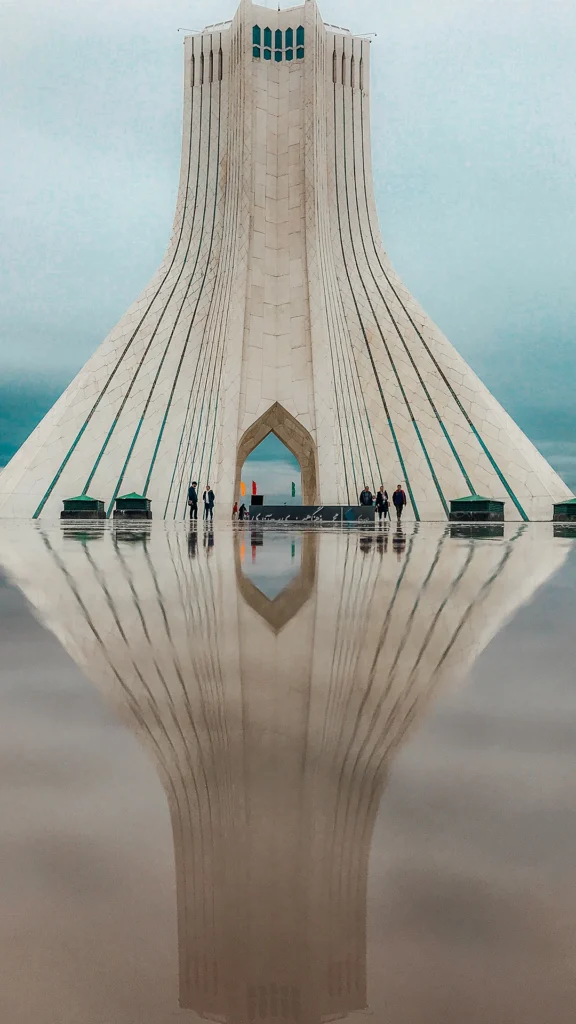
Qajar Dynasty: In the 19th century, city experienced significant growth and modernization during the Qajar Dynasty. The Qajar kings made city their capital and initiated various infrastructure projects, including the construction of palaces, gardens, and governmental buildings. However, Tehran city was still relatively small and had a population of around 150,000 people by the end of the Qajar era.
20th Century: Tehran witnessed substantial changes and modernization during the 20th century. Reza Shah, the founder of the Pahlavi Dynasty, implemented various reforms and improvements in the city. Tehran’s infrastructure was expanded, and modern buildings, roads, and transportation systems were developed. Reza Shah also introduced policies that promoted Westernization and modernization in Iran.
Contemporary Era: In 1979, the Iranian Revolution brought significant political and social changes to Iran and Tehran city. The revolution led to the establishment of an Islamic Republic, and Ayatollah Ruhollah Khomeini became the Supreme Leader. The U.S. embassy in Tehran was famously seized, leading to the Iran hostage crisis. Since then, Tehran has grown into a bustling metropolis with a population exceeding 8 million people, making it one of the most populous cities in the world.
Despite its ancient roots, much of Tehran’s historical architecture and heritage have been overshadowed by modern development. However, several landmarks still showcase the city’s historical significance, such as the Golestan Palace, the National Museum of Iran, and the Grand Bazaar.
Today, Tehran serves as the political, economic, and cultural hub of Iran. It has become a dynamic and cosmopolitan city, blending tradition with modernity, and remains an essential center for art, education, and industry in the country.
tehran Geography
Tehran city is the capital and largest city of Iran, located in the northern part of the country. It is situated at the foothills of the Alborz Mountains, stretching from the southwestern slopes of the mountains to the central plateau of Iran. Here are some key aspects of Tehran’s geography:
Location: Tehran is situated in the Tehran Province, in the north-central part of Iran. It is approximately 120 kilometers (75 miles) south of the Caspian Sea and about 70 kilometers (43 miles) west of the city of Karaj.
Elevation: The tehran city is located at an average altitude of around 1,200 meters (3,900 feet) above sea level. The surrounding Alborz Mountains rise to higher elevations, with the tallest peak in the range, Mount Damavand, standing at 5,610 meters (18,406 feet).
Climate: Tehran experiences a semi-arid climate with hot, dry summers and cold winters. Summers are generally hot with temperatures exceeding 35 degrees Celsius (95 degrees Fahrenheit) at times. Winters can be cold with temperatures dropping below freezing, and the city occasionally experiences snowfall.
Alborz Mountains: The Alborz mountain range serves as a natural backdrop to Tehran city. These mountains provide scenic beauty to the city and also act as a barrier to the north, protecting it from extreme weather conditions. The range offers opportunities for outdoor activities and hiking, with popular destinations like Darband and Tochal.
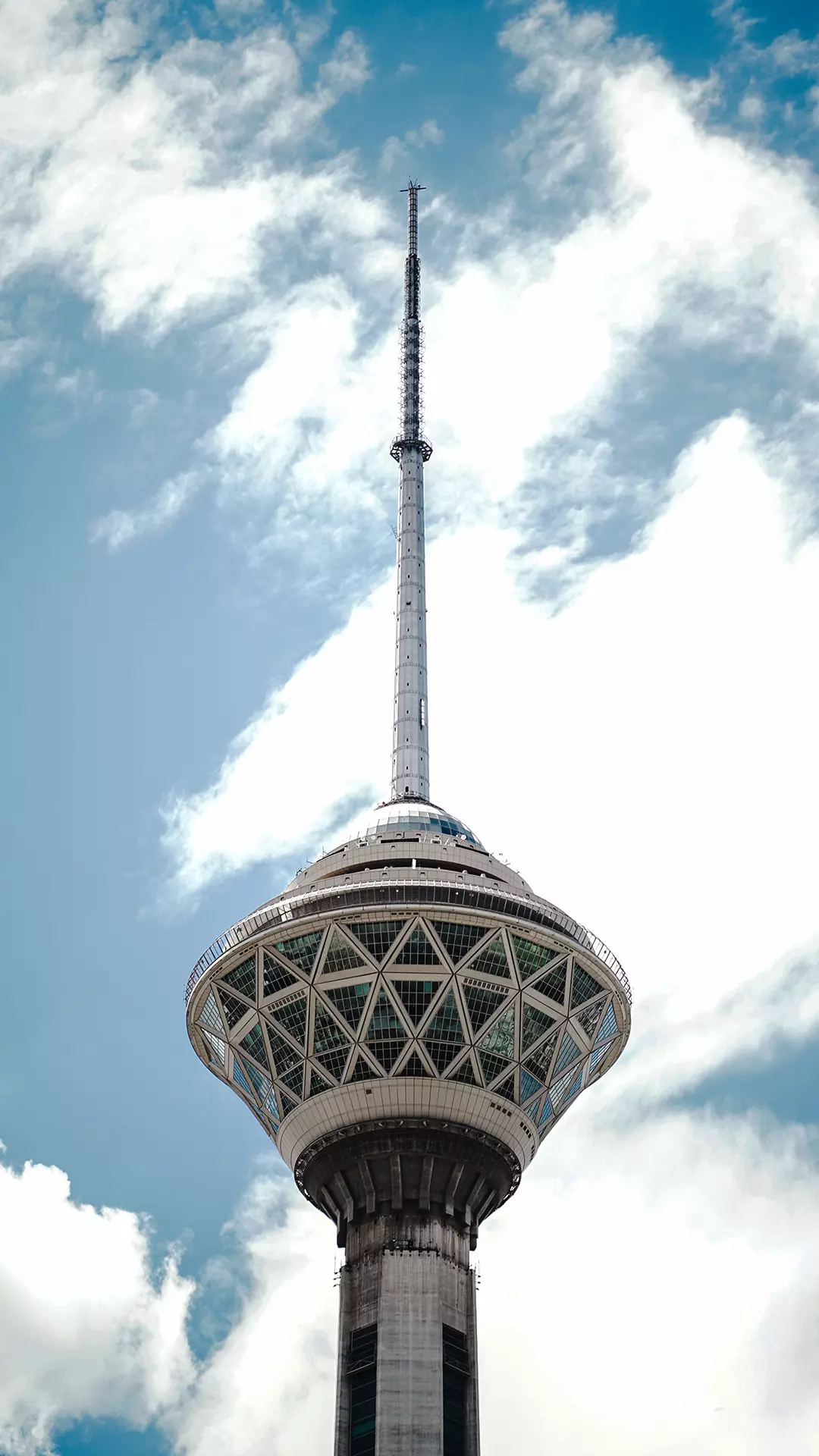
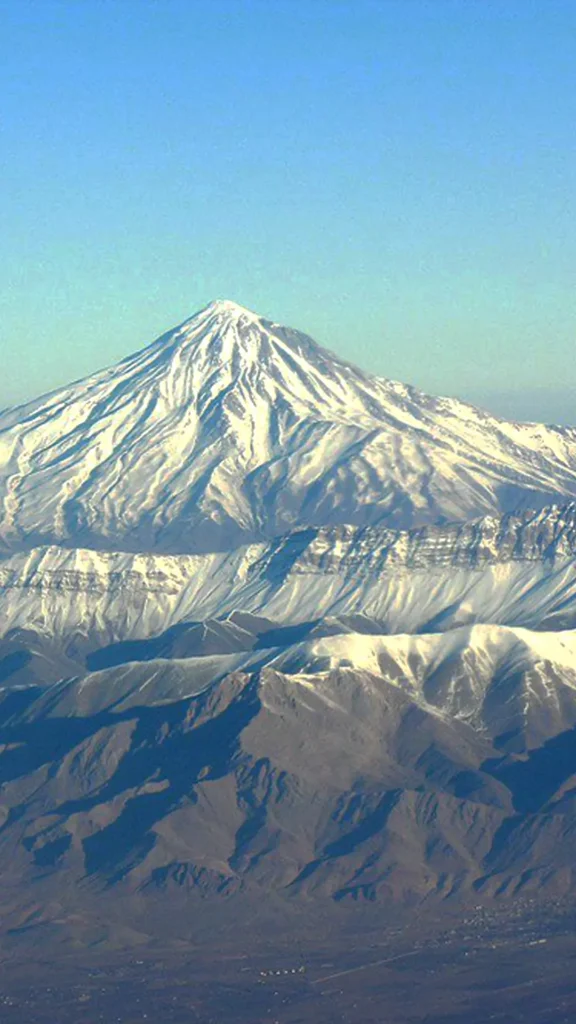
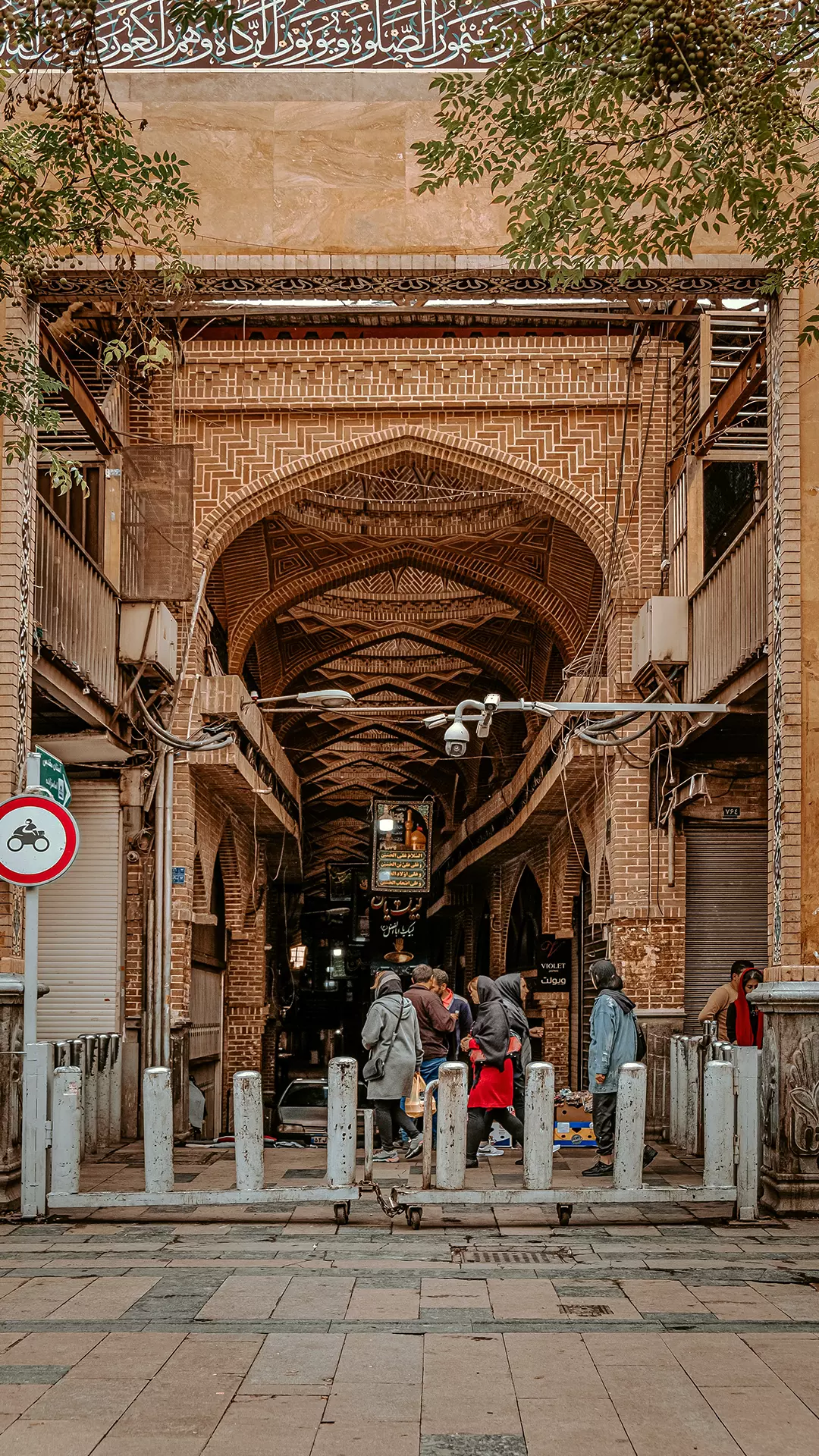
Tehran Plain: The central part of Tehran city is located on the Tehran Plain, a large alluvial plain that stretches to the south of the Alborz Mountains. The plain is primarily composed of sedimentary deposits and is relatively flat. It is one of the most densely populated areas in Iran.
Rivers and Valleys: Several rivers flow through Tehran, including the Karaj River, Jajrood River, and Kan River. These rivers originate from the Alborz Mountains and provide water supply to the city. Additionally, there are several valleys and canyons surrounding Tehran, such as the Darband and Darakeh Valleys, which are popular recreational areas.
Urban Expansion: Over the years, Tehran city has experienced rapid urbanization and expansion. As the city has grown, it has spread into the surrounding valleys and hillsides. The urban area now extends over a large area, encompassing numerous neighborhoods and districts.
Traffic and Transportation: Tehran faces significant traffic congestion due to its population size and the high number of vehicles. The city has an extensive transportation network, including highways, metro lines, and a bus system, to help manage the transportation needs of its residents.
Overall, Tehran’s geography is characterized by its location at the foot of the Alborz Mountains, the Tehran Plain, and the presence of rivers and valleys. Its diverse topography and natural surroundings contribute to the beauty and recreational opportunities available in and around the city.
Tehran city is located in the north-central part of Iran, at the foothills of the Alborz Mountains. The city is situated on a plateau, with an average altitude of around 1,200 meters (3,900 feet). The mountains to the north offer stunning landscapes and recreational areas.
tehran tour
Tehran, as the capital city of Iran, offers a variety of attractions and experiences for tourists. Here are some notable aspects of Tehran tour:
Historical Sites: Tehran city is home to several historical sites that provide insights into Iran’s rich history and culture. The Golestan Palace, a UNESCO World Heritage site, showcases beautiful Persian architecture and gardens. The National Museum of Iran exhibits a vast collection of artifacts dating back thousands of years, including pottery, coins, and sculptures. Other historical sites include the Sa’dabad Complex, Niavaran Palace, and the Azadi Tower.
Grand Bazaar: The Grand Bazaar is one of the oldest and largest covered markets in the world, offering a vibrant shopping experience. Here, visitors can explore a maze of narrow alleys filled with shops selling traditional Persian carpets, spices, handicrafts, jewelry, and more. It is an excellent place to experience the bustling atmosphere of Tehran city and immerse oneself in local culture.
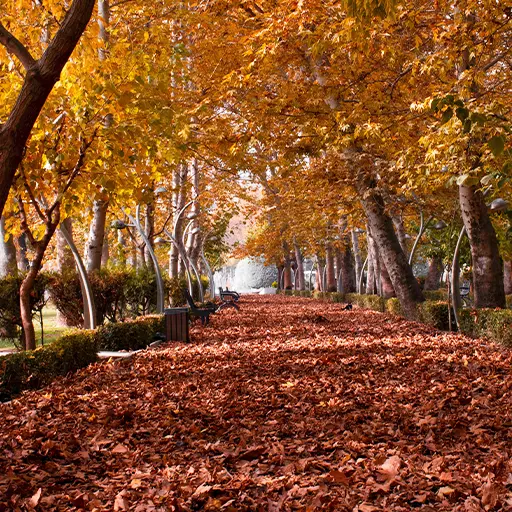
Parks and Gardens: Despite being a bustling metropolis, Tehran city boasts numerous parks and green spaces where visitors can relax and enjoy nature. The Mellat Park, Jamshidieh Park, and Laleh Park are popular choices for picnics, walking, and recreational activities. The Botanical Garden and Jamshidieh Stone Garden are also worth a visit for their natural beauty.
Museums and Art Galleries: Tehran has a wealth of museums and art galleries that cater to various interests. The Tehran Museum of Contemporary Art houses an extensive collection of Iranian and international modern and contemporary art. The Carpet Museum of Iran exhibits a stunning collection of Persian carpets and rugs. Other notable museums include the Treasury of National Jewels, Reza Abbasi Museum, and Museum of Ancient Iran.
Cultural and Performance Centers: Tehran is a hub of cultural activities with several theaters, concert halls, and opera houses. The Tehran Symphony Orchestra, the Vahdat Hall, and the City Theater Complex host various performances, including classical music concerts, theater plays, and opera shows. The Iranian Artists Forum and the Niavaran Cultural Center are other venues that showcase art exhibitions, film screenings, and cultural events.
Modern Landmarks: Tehran city features modern landmarks that highlight the city’s contemporary architecture and urban development. The Milad Tower, standing at 435 meters (1,427 feet), offers panoramic views of the city from its observation deck. The Tabiat Bridge, a pedestrian bridge spanning a park, is a popular spot for walking and enjoying city views.
Culinary Delights: Tehran’s food scene offers a wide range of traditional Iranian dishes and international cuisines. Visitors can try kebabs, stews like Ghormeh Sabzi and Fesenjan, and delicious sweets like traditional Persian pastries. The Tajrish Bazaar and the Darband neighborhood are known for their street food and local eateries.
Shopping and Entertainment: Tehran city has numerous modern shopping malls, offering a mix of local and international brands. These malls provide a wide range of shopping options, along with cinemas, entertainment centers, and food courts. Some popular malls include Tehran’s Grand Bazaar, Iran Mall, and Palladium Mall.
It’s important to note that due to the current political and social circumstances, it is advisable to check the latest travel advisories and guidelines before planning a trip to Tehran or any destination in Iran.
tehran population
Population and Culture: Tehran city is a bustling metropolis with a diverse population of over 8 million people, making it the most populous city in Iran. It is a cosmopolitan city that attracts people from all regions of the country, resulting in a rich cultural tapestry. The city is known for its hospitality, vibrant arts scene, and the fusion of traditional and modern influences.
Architecture: Tehran’s architecture is a blend of traditional Persian styles and contemporary designs. The city showcases a mix of historical landmarks, such as Golestan Palace and Azadi Tower, alongside modern skyscrapers, residential complexes, and commercial buildings.
Climate: city experiences a semi-arid climate, characterized by hot, dry summers and cold winters with occasional snowfall. Spring and autumn are considered more pleasant seasons, with milder temperatures. Due to its altitude, Tehran city enjoys relatively cooler summers compared to other parts of Iran.
Education: Tehran is a major center for education in Iran. The city is home to numerous universities and higher education institutions, including the University of Tehran city, Sharif University of Technology, and Tehran University of Medical Sciences. It attracts students from across the country and the region.
Economy: Tehran city is the economic hub of Iran, housing the headquarters of major companies, financial institutions, and government organizations. The city has a diverse economy, with industries such as automotive manufacturing, textiles, electronics, pharmaceuticals, and services playing a significant role.
Transportation: city has an extensive transportation network, including a metro system, bus services, and taxis. The Tehran Metro, with multiple lines, provides a convenient way to navigate the city. Tehran city Imam Khomeini International Airport serves as the primary gateway for domestic and international travel.
Cultural Attractions: Tehran boasts a variety of cultural attractions, including museums, art galleries, theaters, and music venues. The National Museum of Iran, Tehran Museum of Contemporary Art, and the Iranian Artists Forum are just a few examples of the city’s cultural offerings.
Parks and Recreational Areas: Despite its urban nature, Tehran city offers several parks and green spaces where residents and visitors can relax and enjoy nature. Mellat Park, Park-e Shahr, and Jamshidieh Park are popular recreational areas where people gather for picnics, walking, and outdoor activities.
Tehran is a dynamic and evolving city that reflects Iran’s rich history, diverse culture, and modern aspirations. It offers a unique blend of traditional charm and contemporary vibrancy, making it an intriguing destination to explore.
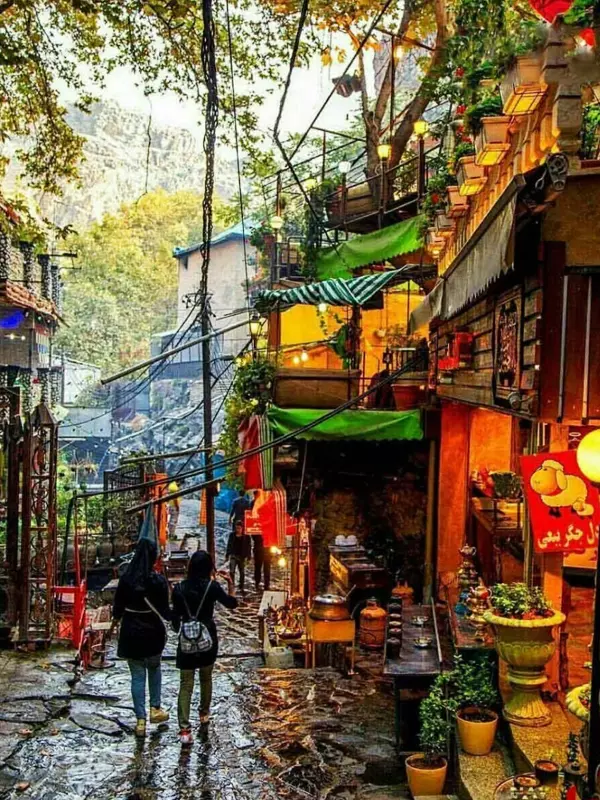
Darband
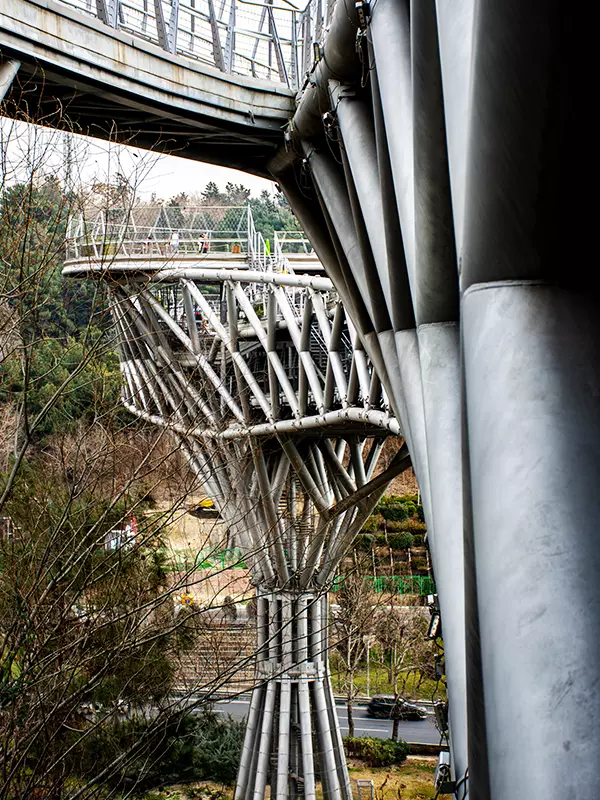
Tabiat bridge
